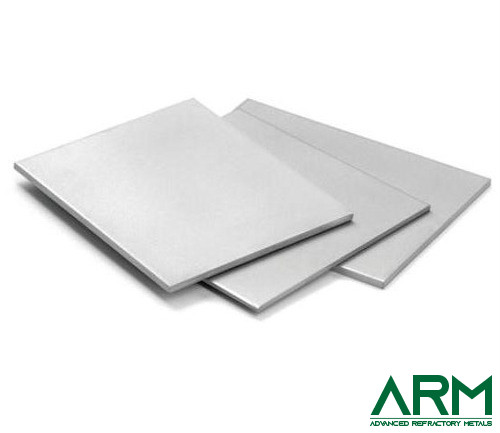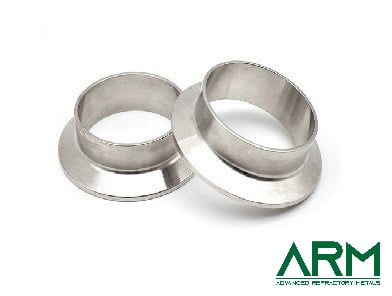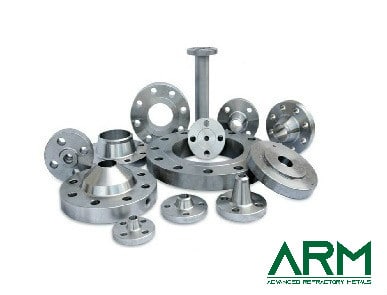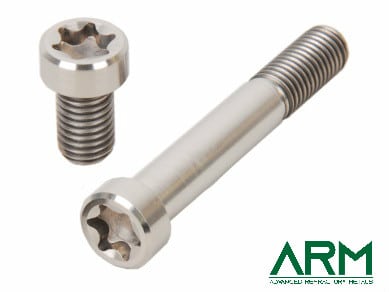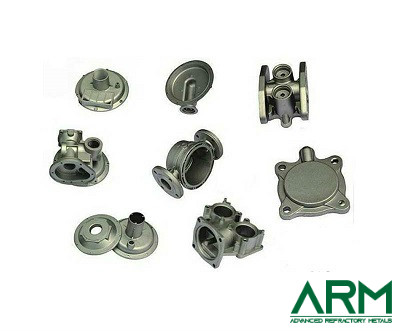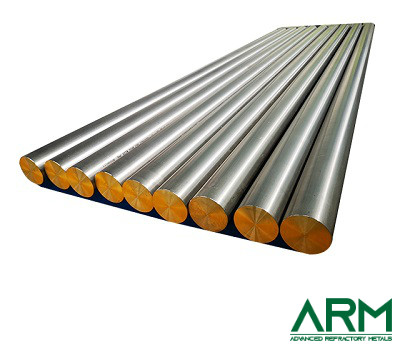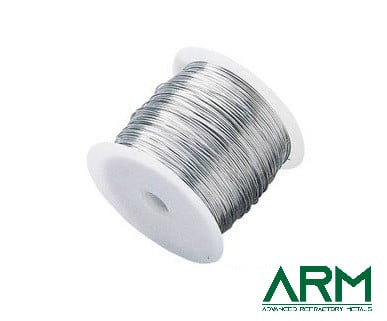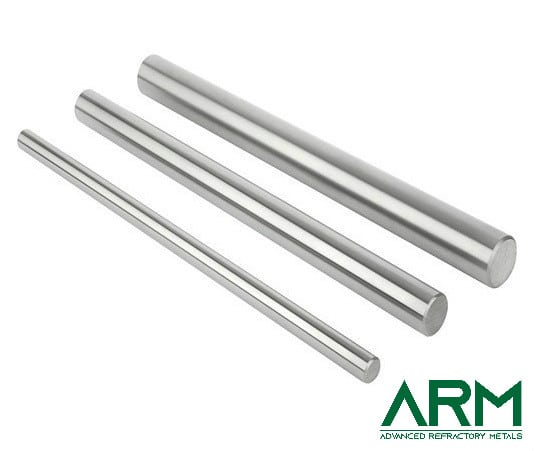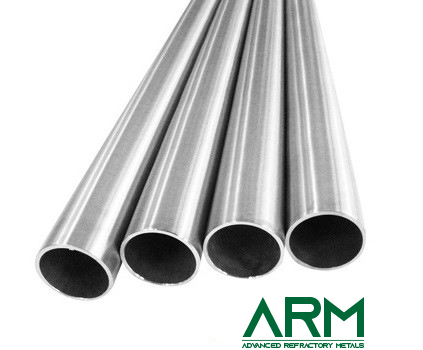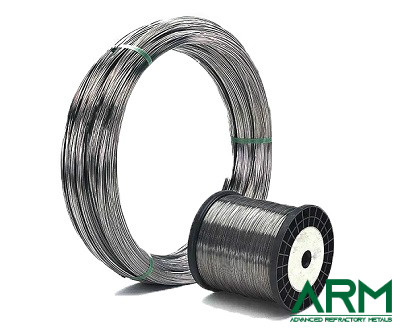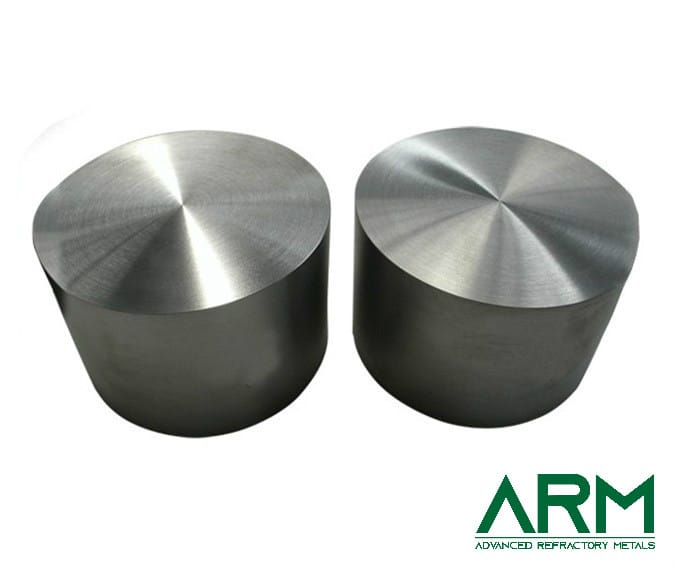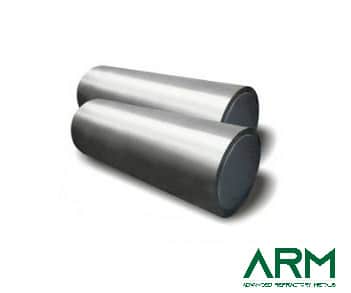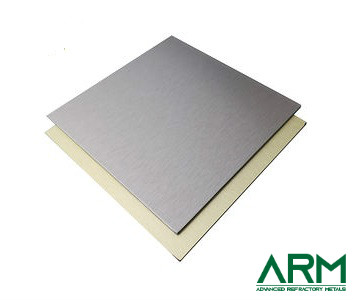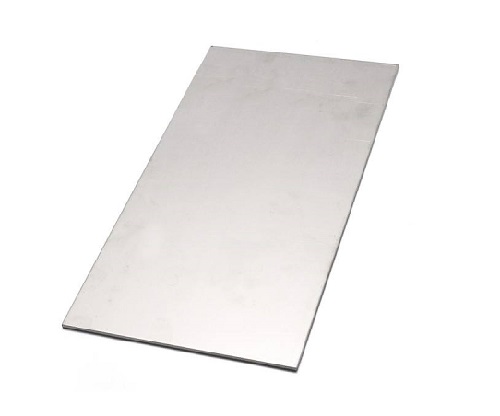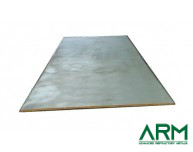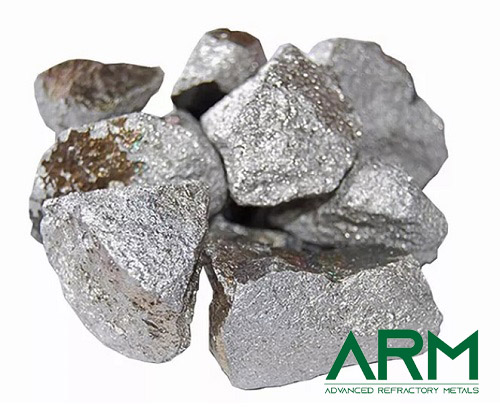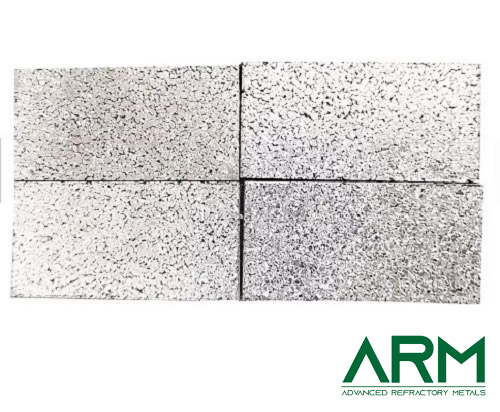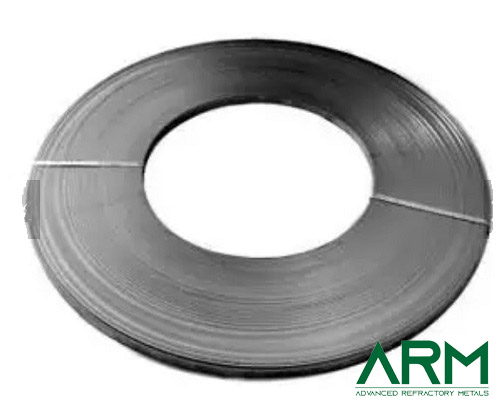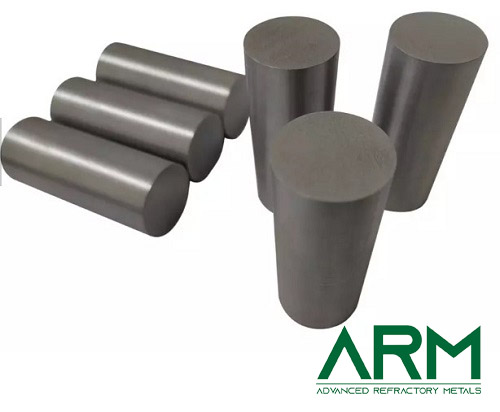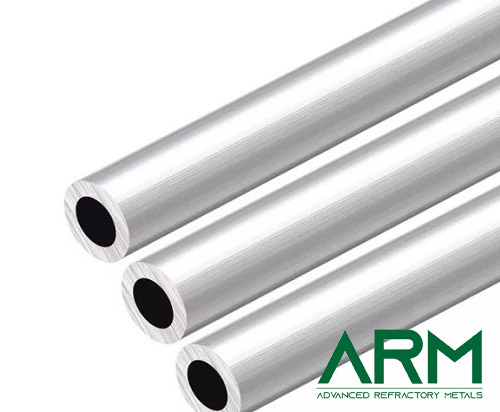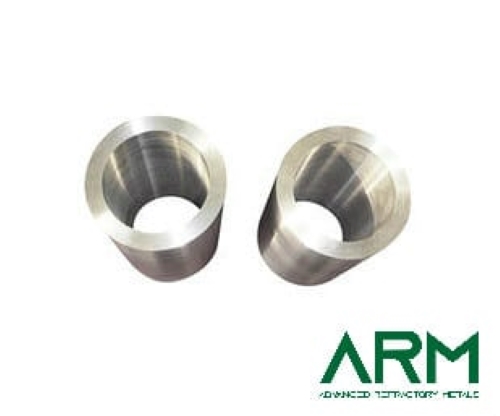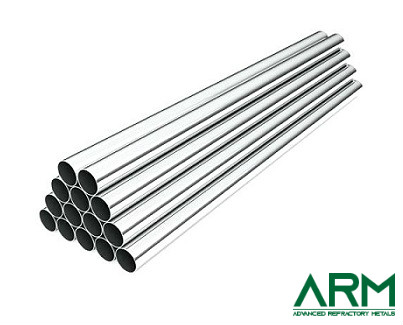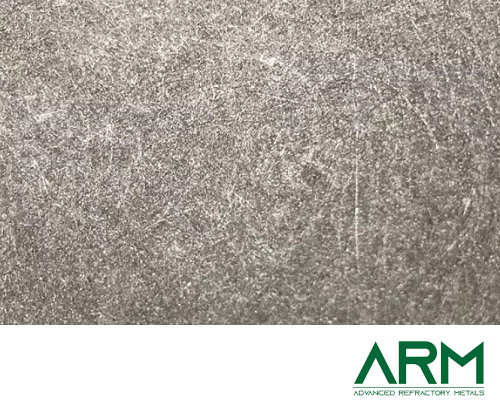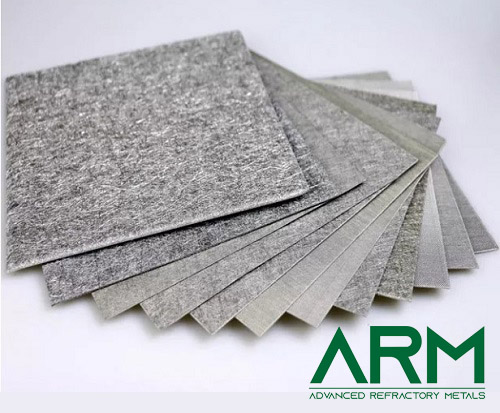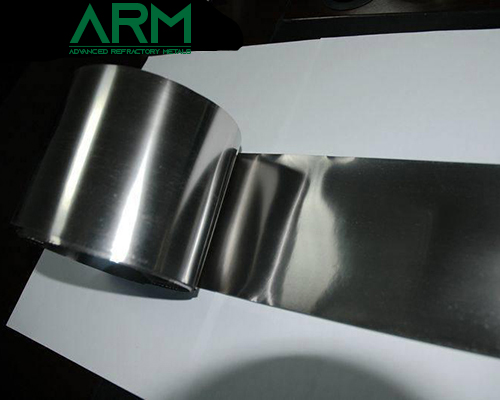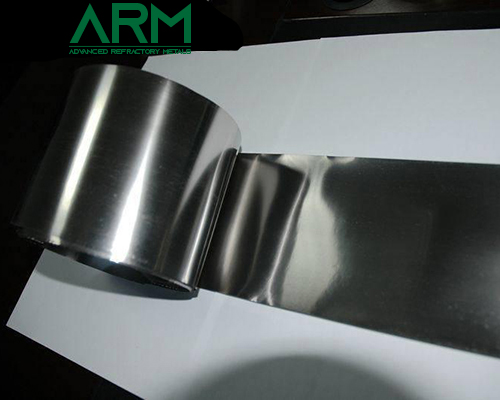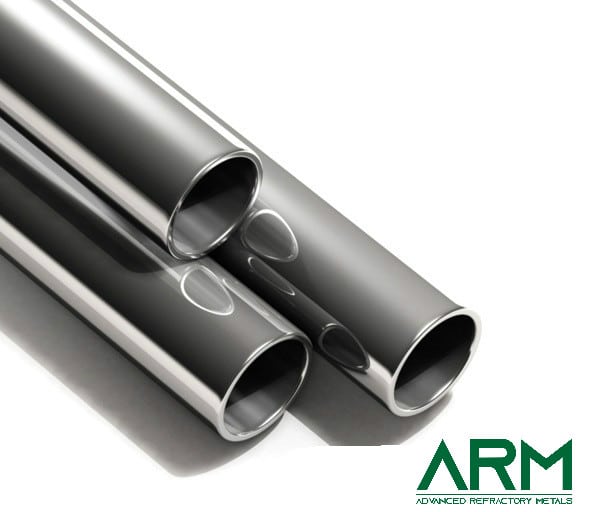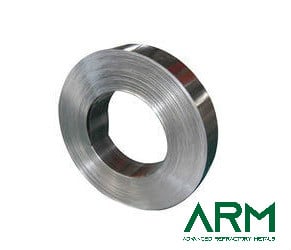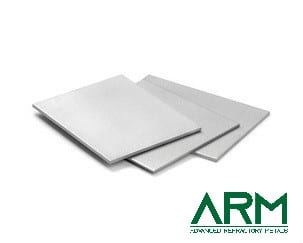TM1910 Titanium 5553 Master Alloy (Ti-5Al-5Mo-5V-3C)
In recent years, with the advancement of titanium alloy material technology, high-strength, high-toughness, and anti-fatigue titanium alloy materials have been continuously developed and applied, and the most typical representative is Ti-5553 alloy.
Descriptions of Titanium 5553 Master Alloy (Ti-5Al-5Mo-5V-3C)
In recent years, with the advancement of titanium alloy material technology, high-strength, high-toughness, and anti-fatigue titanium alloy materials have been continuously developed and applied, and the most typical representative is Ti-5553 alloy.
The Ti-5553 master alloy has the characteristics of α+β titanium alloy and β-type titanium alloy. The tensile strength under the annealing state can reach 1080MPa. After solid-solution aging heat treatment, the tensile strength can exceed 1500MPa, and it has good toughness. Compared with the Ti-6Al-4V alloy, the alloy has the advantages of good hardenability, high strength, and good fracture toughness. It has been successfully applied to the connection between the wing of the Airbus A380 and the engine pylon.
Specifications of Titanium 5553 Master Alloy (Ti-5Al-5Mo-5V-3C)
| Element % |
Ti-5553 Master Alloy |
| Aluminum |
5.00 % |
| Iron |
0.012 % |
| Phosphorous |
0.035% Max |
| Molybdenum |
5.00 % |
| Tin |
- |
| Titanium |
Balance |
| Zirconium |
0.4% Max |
| Vanadium |
5.00 % |
| Boron |
0.003% Max |
| Carbon |
0.10% Max |
| Chromium |
3.00 % |
| Lead |
0.003% Max |
| Magnesium |
- |
| Manganese |
- |
| Nickel |
0.15% Max |
| Others-Each |
- |
| Selenium |
- |
| Silicon |
5.00 % |
| Sulfur |
0.02% Max |
| Hydrogen |
- |
| Nitrogen |
0.02% Max |
| Oxygen |
0.15% Max |
Applications of Titanium 5553 Master Alloy (Ti-5Al-5Mo-5V-3C)
- Used as the material of aircraft skeleton and connecting structural parts
- Aircraft landing gear
- Used as medical equipment
Packaging of Titanium 5553 Master Alloy (Ti-5Al-5Mo-5V-3C)
All packaging materials are suitable for air, sea, and road freight. Vacuum packing is also available for selected alloys. Great care is taken to avoid any damage which might be caused during storage or transportation.
- Your Name (required)
- Your Email (required)
- Company Name (required)
-
Country (required)
United States
- United States
- Afghanistan
- Aland Islands
- Albania
- Algeria
- American Samoa
- Andorra
- Angola
- Anguilla
- Antarctica
- Antigua and Barbuda
- Argentina
- Armenia
- Aruba
- Australia
- Austria
- Azerbaijan
- Bahamas
- Bahrain
- Bangladesh
- Barbados
- Belarus
- Belgium
- Belize
- Benin
- Bermuda
- Bhutan
- Bolivia
- Bosnia and Herzegovina
- Botswana
- Bouvet Island
- Brazil
- British Indian Ocean Territory
- British Virgin Islands
- Brunei
- Bulgaria
- Burkina Faso
- Burundi
- Cambodia
- Cameroon
- Canada
- Cape Verde
- Cayman Islands
- Central African Republic
- Chad
- Chile
- China
- Christmas Island
- Cocos (Keeling) Islands
- Colombia
- Comoros
- Congo
- Cook Islands
- Costa Rica
- Croatia
- Cuba
- Cyprus
- Czech Republic
- Democratic Republic of Congo
- Denmark
- Disputed Territory
- Djibouti
- Dominica
- Dominican Republic
- East Timor
- Ecuador
- Egypt
- El Salvador
- Equatorial Guinea
- Eritrea
- Estonia
- Ethiopia
- Falkland Islands
- Faroe Islands
- Federated States of Micronesia
- Fiji
- Finland
- France
- French Guyana
- French Polynesia
- French Southern Territories
- Gabon
- Gambia
- Georgia
- Germany
- Ghana
- Gibraltar
- Greece
- Greenland
- Grenada
- Guadeloupe
- Guam
- Guatemala
- Guinea
- Guinea-Bissau
- Guyana
- Haiti
- Heard Island and Mcdonald Islands
- Honduras
- Hong Kong
- Hungary
- Iceland
- India
- Indonesia
- Iran
- Iraq
- Iraq-Saudi Arabia Neutral Zone
- Ireland
- Israel
- Italy
- Ivory Coast
- Jamaica
- Japan
- Jordan
- Kazakhstan
- Kenya
- Kiribati
- Kuwait
- Kyrgyzstan
- Laos
- Latvia
- Lebanon
- Lesotho
- Liberia
- Libya
- Liechtenstein
- Lithuania
- Luxembourg
- Macau
- Macedonia
- Madagascar
- Malawi
- Malaysia
- Maldives
- Mali
- Malta
- Marshall Islands
- Martinique
- Mauritania
- Mauritius
- Mayotte
- Mexico
- Moldova
- Monaco
- Mongolia
- Montenegro
- Montserrat
- Morocco
- Mozambique
- Myanmar
- Namibia
- Nauru
- Nepal
- Netherlands Antilles
- Netherlands
- New Caledonia
- New Zealand
- Nicaragua
- Niger
- Nigeria
- Niue
- Norfolk Island
- North Korea
- Northern Mariana Islands
- Norway
- Oman
- Pakistan
- Palau
- Palestinian Territories
- Panama
- Papua New Guinea
- Paraguay
- Peru
- Philippines
- Pitcairn Islands
- Poland
- Portugal
- Puerto Rico
- Qatar
- Reunion
- Romania
- Russia
- Rwanda
- Saint Helena and Dependencies
- Saint Kitts and Nevis
- Saint Lucia
- Saint Pierre and Miquelon
- Saint Vincent and the Grenadines
- Samoa
- San Marino
- Sao Tome and Principe
- Saudi Arabia
- Senegal
- Serbia
- Seychelles
- Sierra Leone
- Singapore
- Slovakia
- Slovenia
- Solomon Islands
- Somalia
- South Africa
- South Georgia and South Sandwich Islands
- South Korea
- Spain
- Spratly Islands
- Sri Lanka
- Sudan
- Suriname
- Svalbard and Jan Mayen
- Swaziland
- Sweden
- Switzerland
- Syria
- Taiwan
- Tajikistan
- Tanzania
- Thailand
- Togo
- Tokelau
- Tonga
- Trinidad and Tobago
- Tunisia
- Turkey
- Turkmenistan
- Turks And Caicos Islands
- Tuvalu
- US Virgin Islands
- Uganda
- Ukraine
- United Arab Emirates
- United Kingdom
- United States
- United States Minor Outlying Islands
- Uruguay
- Uzbekistan
- Vanuatu
- Vatican City
- Venezuela
- Vietnam
- Wallis and Futuna
- Western Sahara
- Yemen
- Zambia
- Zimbabwe
- Your Phone (Optional)
-
Metals (Optional)
Tantalum...
-
I would like to join the mailing list to receive updates from Advanced Refractory Metals.
- Notes (Optional)
-
Attachment (Optional)
No file chosen
-







